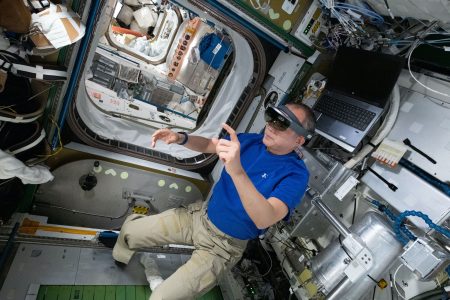William Shatner, who is a solid candidate for the title of ‘World’s Nicest Man’, travels to space a little later…
Browsing: space
It doesn’t really matter who you are, chances are you’re aware of the existence of William Shatner. Starfleet’s Captain James…
Boeing’s Starliner crew capsule isn’t having a very good time. Its first flight into space ended with a software error…
Mars is no picnic. If you ever get the chance to wander across its rusty surface, you’re going to have…
The volatile nature of space rocket engines means that many early prototypes end up embedded in dirt banks or decorating…
The James Webb Space Telescope is scheduled to head to space on Dec. 18, 2021. With it, astronomers hope to…
We’ve been following the SpaceX-powered Inspiration4 mission ever since it was announced that someone could go to space by donating…
We’ve long maintained that Microsoft’s Hololens AR tech is destined for great things, just as soon as folks work out…
Joining the list of tech moguls who have their eyes (and wallets) set on outer space this week, is Steve…
On Sept. 15, 2021, the next batch of space tourists are set to lift off aboard a SpaceX rocket. Organized…










